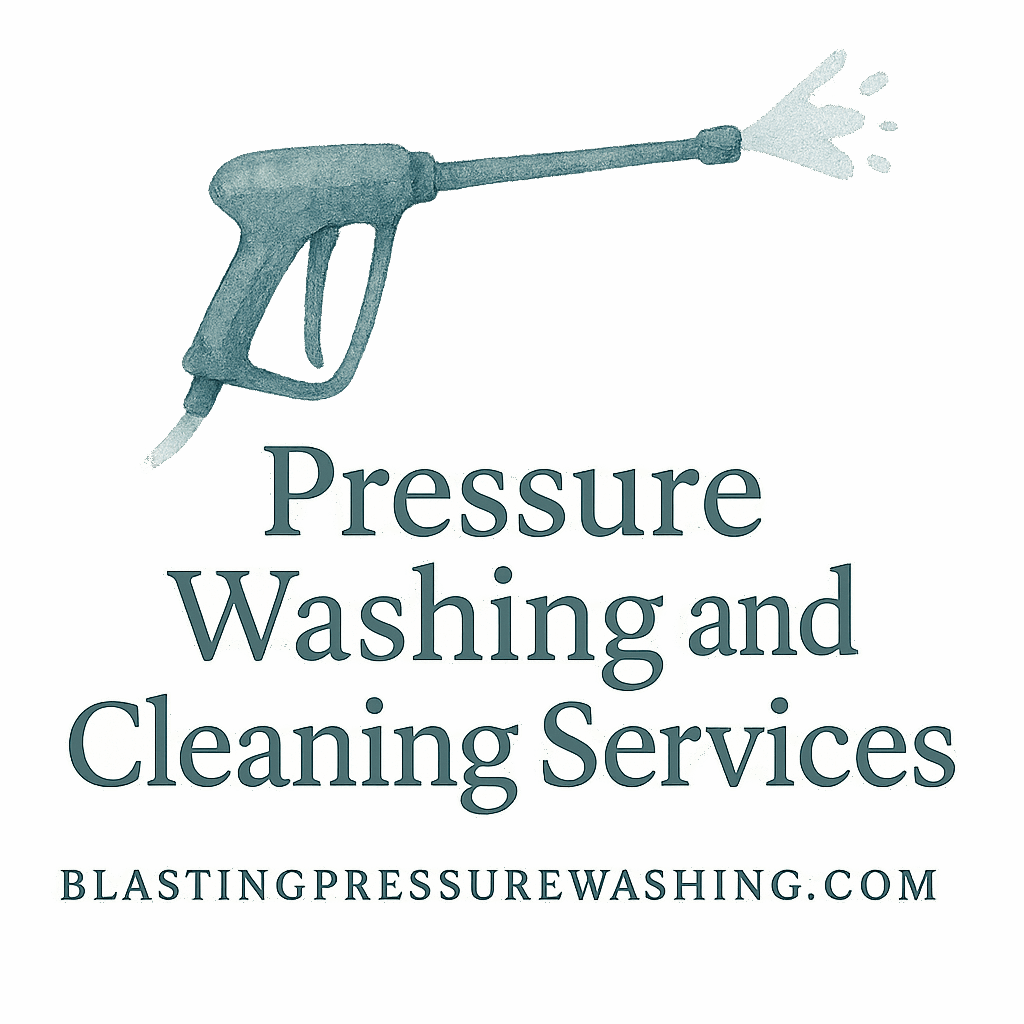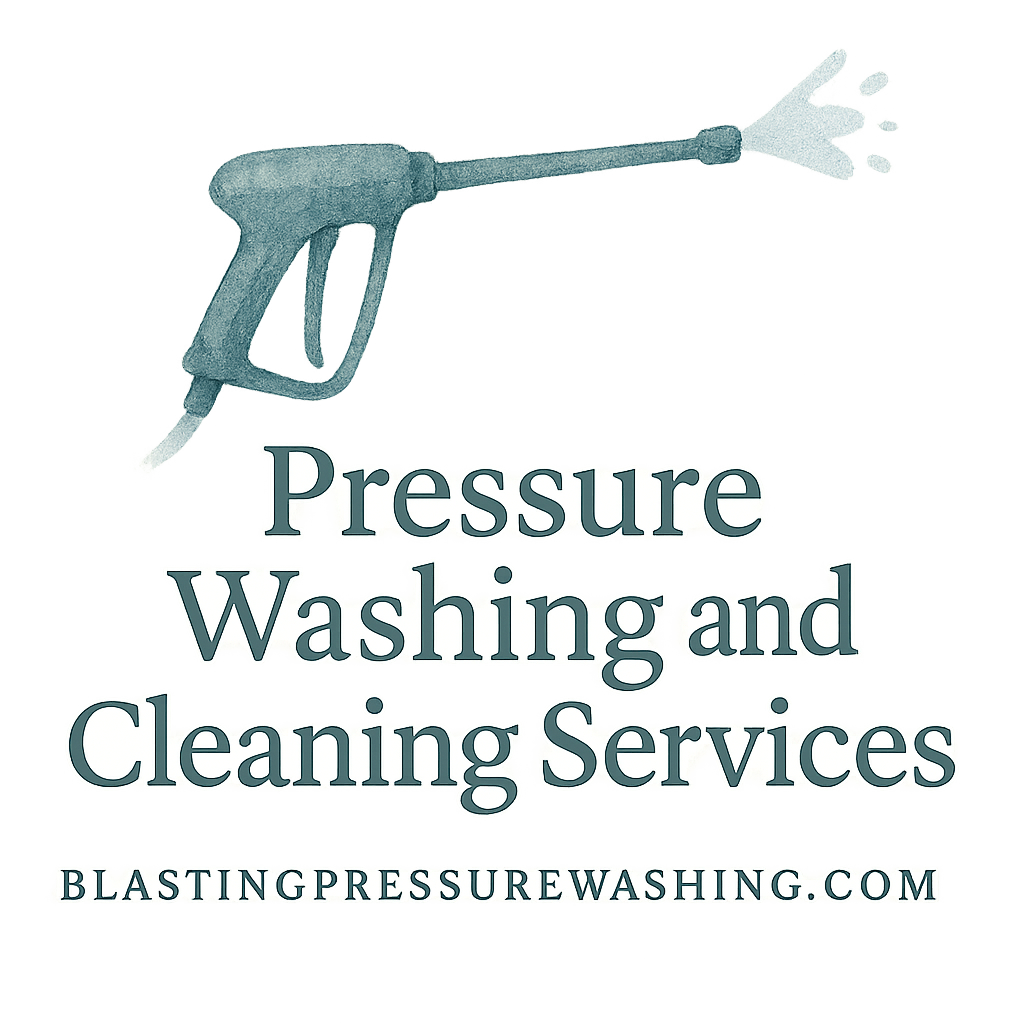Introduction
Let’s be honest—some stains just don’t want to leave. Whether it’s years of oil buildup on a driveway, mildew on siding, or graffiti on a wall, basic pressure washing just doesn’t cut it. That’s where advanced pressure washing methods come into play. In this guide, we’ll explore seven powerhouse techniques that tackle even the most stubborn grime like a champ.
Need extra help removing stains from your home or business? Check out our residential pressure washing and commercial pressure washing services for spotless results!
Why Tough Stains Need Special Treatment
Tough stains are usually embedded deep in porous surfaces or chemically bonded to the material. We’re talking:
- Motor oil in concrete
- Rust on metal fences
- Mold in shaded areas
- Grease in kitchens or garages
- Paint and graffiti on walls
These aren’t your average dirt marks. They require methods that combine heat, pressure, chemicals, and precision tools.
Method #1: Hot Water Pressure Washing
How It Works
Think of it like washing dishes. Hot water loosens grease and grime faster than cold. The same principle applies to pressure washing.
Hot water pressure washers heat the water to around 200°F, breaking down oils, fats, and other stubborn residues far more efficiently than cold water.
Ideal Stains for Hot Water Cleaning
- Oil stains in driveways or parking lots
- Greasy restaurant dumpsters
- Industrial areas with heavy foot or vehicle traffic
Check out the benefits and safety of pressure washing to learn how hot water methods prevent slip hazards.
Method #2: Surface Cleaners with Rotary Nozzles
Power in Precision
Rotary nozzles spin a zero-degree jet in a circular pattern, multiplying the cleaning power. When mounted on a surface cleaner, these tools provide even, streak-free pressure over large flat areas.
Best Use Cases
- Sidewalks
- Patios
- Large garage floors
Want to learn more about tools like rotary nozzles? Explore pressure washing techniques and tools.
Method #3: Chemical Pretreatment and Soaking
Safe Cleaning Agents That Work
Before you blast away stains, give them a chemical pretreatment. Letting a surface soak in a cleaning solution breaks down the grime so you don’t have to overcompensate with pressure.
Use eco-friendly agents that align with sustainability standards. Here are a few you can explore:
- Tag: cleaning agents
- Tag: detergent
- Tag: chemicals
How Long to Soak for Best Results
Typically, 5–15 minutes does the trick. Always follow the manufacturer’s instructions to avoid damaging the surface or the environment.
Method #4: Foam Cannon Application
Deep Penetration, Zero Damage
Foam cannons attach to pressure washers and apply a thick layer of foam, which clings to vertical surfaces and provides longer dwell time. It’s like giving your stains a bubble bath—seriously.
Perfect for Oil and Mildew
Foam cannons are ideal for:
- Mildew on siding
- Greasy vehicles or machinery
- Prepping heavily soiled fences
Pair with eco-safe soap for a sustainable cleaning approach.

Method #5: High-Pressure Steam Cleaning
Eco-Friendly and Extremely Effective
Steam cleaning uses superheated vapor to dissolve grime, making it an ideal solution for disinfecting and lifting stains without chemicals.
Use Caution with Delicate Surfaces
While steam is gentler than full-pressure water, the heat can still harm paint, sealants, or delicate materials. Always test on a small area first.
Discover more seasonal and surface-specific tips at seasonal pressure washing tips.
Method #6: Oscillating Nozzle Technique
Cutting Through the Grime
Oscillating or “turbo” nozzles combine rotary and pinpoint power. These bad boys can slice through years of build-up on concrete or brick like a hot knife through butter.
Recommended Surfaces
- Concrete
- Brick
- Stone
- Metal fencing
Want to boost your curb appeal? Try using this method on surfaces that face the public. It’s a top strategy mentioned in our curb appeal tag.
Method #7: Dual-Chemical Cycle Washing
The Science Behind It
This involves applying two different cleaning agents in sequence: one for lifting, one for neutralizing. It’s common in commercial pressure washing for places like hospitals, schools, or warehouses.
Commercial vs. Residential Applications
This is more of a professional-grade method. For homeowners, it’s best used on severe mold, paint prep, or large oil spills.
Looking to go pro? Learn more through our commercial pressure washing hub.
When to Call the Pros
Preventing Long-Term Damage
Advanced methods mean higher risk. Misusing hot water or chemicals can lead to:
- Surface etching
- Paint stripping
- Landscape damage
- Water intrusion
Benefits of Professional Pressure Washing
- Time-saving
- Eco-compliant
- Insured and guaranteed
- Long-term value
Explore your options with Blasting Pressure Washing to get guaranteed clean.
Maintenance Tips After Removing Tough Stains
Keep Surfaces Cleaner Longer
After cleaning, apply a sealant or protective coating to prevent future buildup. This is especially useful for:
- Driveways
- Roofs
- Pool decks
Eco-Friendly Maintenance Routines
- Regular sweeping
- Bi-annual rinses
- Natural enzyme cleaners
Take a look at our advice on sustainability for more ways to stay green while staying clean.
Conclusion
Tough stains are no match for the right pressure washing techniques. Whether you’re a homeowner facing an oil-slicked driveway or a business trying to restore your curb appeal, these advanced methods give you the upper hand. And remember, it’s not just about blasting away grime—it’s about doing it safely, efficiently, and with the planet in mind.
FAQs
1. What is the best method for removing oil stains from concrete?
Hot water pressure washing or foam cannon application with degreaser works wonders on oil-stained concrete.
2. Can I use chemical pretreatments on wood?
Yes, but choose wood-safe, biodegradable agents and test a small area first.
3. How often should I pressure wash tough-stain areas?
At least once every 6–12 months depending on traffic and exposure.
4. Is steam pressure washing safe for painted surfaces?
Use caution—high heat may peel paint. Always test in a discreet spot first.
5. What PSI is recommended for removing graffiti?
A minimum of 3000 PSI with a turbo nozzle or rotary tip is often effective.
6. Do I need a professional for dual-chemical washing?
Yes, this method is complex and best handled by trained professionals.
7. What’s the best eco-friendly pressure washing technique?
Steam cleaning and foam cannon with biodegradable detergents are your top options.


